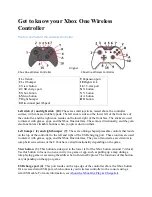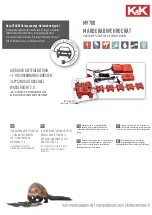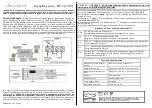
L-DALI User Manual
371
LOYTEC
Version 5.2
LOYTEC electronics GmbH
The STP bridge must be enabled.
The STP bridge priority should be set to the minimum (61440), so that these
switches are not elected as root bridges.
The bridge mode should match the upstream bridge modes, preferable 802.1s or
802.1w.
If the upstream network uses RSTP, the timing parameters of the upstream networks must
be used. Else the timing parameters should be set to minimum values for fast convergence:
Bridge max age time: 6 seconds
Hello time: 1 seconds
Forward delay: 4 seconds
All ports connected to Ethernet rings have to be configured as NON-EDGE ports,
so that the RSTP can detect loops
The switches should be configured to block broadcast storms. A recommended rate
is 5% or 3000 packets/seconds.
The upstream switches need the following configuration:
If a single upstream connection is used, the connected port on the upstream switch
should have BPDU filtering enabled.
If redundant upstream connections are used, the connected ports on the upstream
switches should have a BPDU root guard enabled.
9.3.5 Testing
When the switches are configured and the devices are connected, the following tests are
recommended. These tests are important to confirm that the STP changes due to topology
changes to not interfere with the rest of the network.
Check that no broadcast storms are sent into the upstream network by capturing
traffic between Switch1, Switch2 and the Upstream switch. This test should be
done continuously, especially during switch and device power cycles.
Check that all devices can be reached (ICMP ping).
Execute these tests for these conditions:
















































